June
Lazy days
BOOKS › TV › RADIO › FILM › LETTERS › PUZZLES
Reviews editors: Margaret Bartlett, Maria Hodson
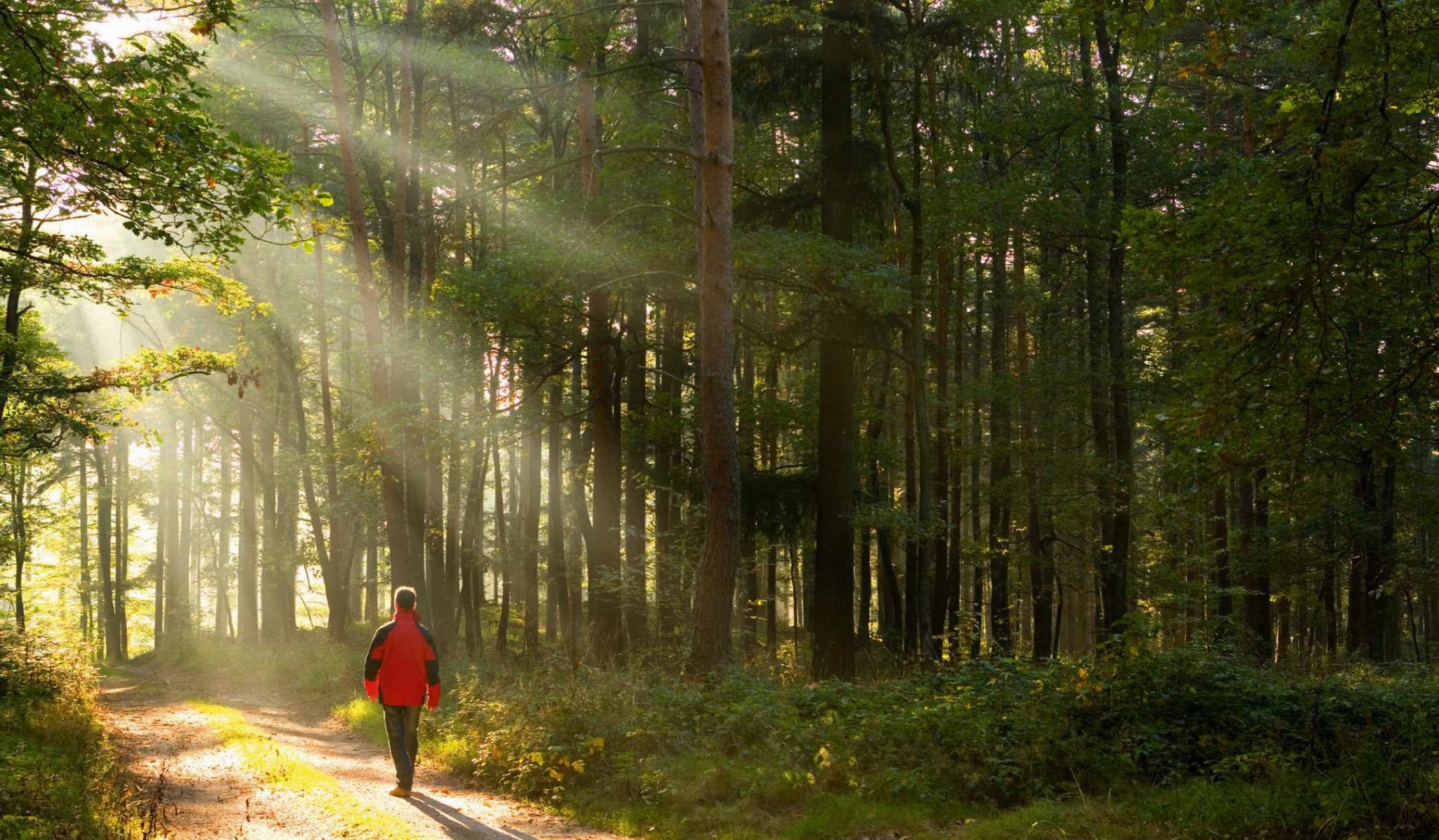
DO YOU FEEL PART OF NATURE?
A scientist gives practical tips on how to fix our broken relationship with the natural world
BOOK
RECONNECTION
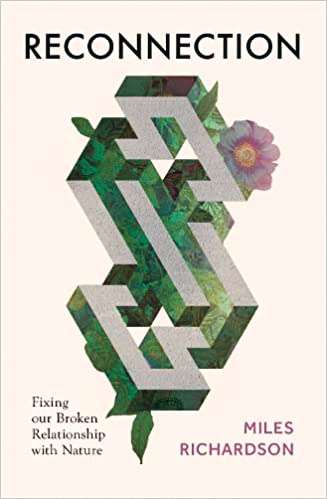
A 2021 survey found that just 10% of us feel that we are part of nature. In this compelling book, Miles Richardson asks how our relationship with nature became so broken, why it matters and how we can fix it. There have been numerous books in recent years extolling how good nature is for us. It’s true, but Richardson is concerned that promoting nature as “a pill to pop when things are not so good” perpetuates the human-nature divide; continuing to portray the natural world as a resource or service provider, or at best, a pleasant backdrop. He argues that this separation is at the root of the climate and ecological crises we face.
Richardson is a scientist, and his research at the University of Derby focuses on ‘nature connectedness’ – our emotional responses, beliefs and attitudes towards nature. This isn’t about time spent in nature, it’s about what you do there. He – and others – have found a clear link between nature connectedness, human wellbeing and pro-environmental behaviour, which offers a path to healing the relationship with nature in a way that’s not just good for us, but for nature, too. “There’s a need to spend time with nature,” he writes. He offers practical, evidence based ways to do this.
Reconnection is meticulously researched, citing studies and statistics. Richardson’s manifesto for re-establishing our connection to nature is heartfelt and never dry. And it couldn’t be more needed than now. As he asserts: “When we find our place in nature, life makes sense.” Sam Pyrah, journalist and author
MUSIC
WILD WET WORLD
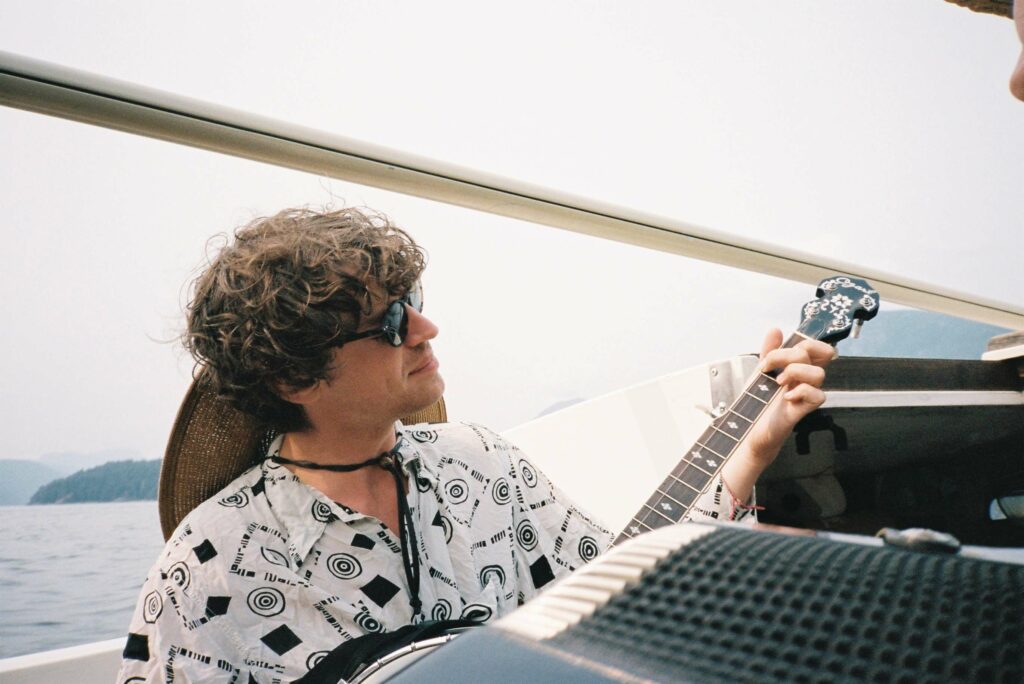
The third album from contemporary nature composer Cosmo Sheldrake, Wild Wet World is a beautiful and well-crafted collection of musical journeys using underwater wildlife sounds, interspersed with electronic and acoustic elements. It follows in the footsteps of his second album Wake up Calls, where he used the sounds of endangered birds to ingenious effect. As is Sheldrake’s style, the captured sounds are mostly organic and easily recognisable. Along with sperm whale clicks, blowhole noises and orca calls, Sheldrake opens with his own warm voice in ‘Bathed in Sound’, an accessible entry point, before diving into the richness of the ocean.
Sheldrake’s brilliance lies in his ability to capture a mood using animals as orchestral instruments. As we become increasingly aware of the damage we are causing to our seas, Wild Wet World gives us a chance to pause and marvel at the incredible life forms that inhabit it now. Not only does it deliver a powerful message, but you will want to sink back into its beauty again and again.
BOOK
THE GRANITE KINGDOM
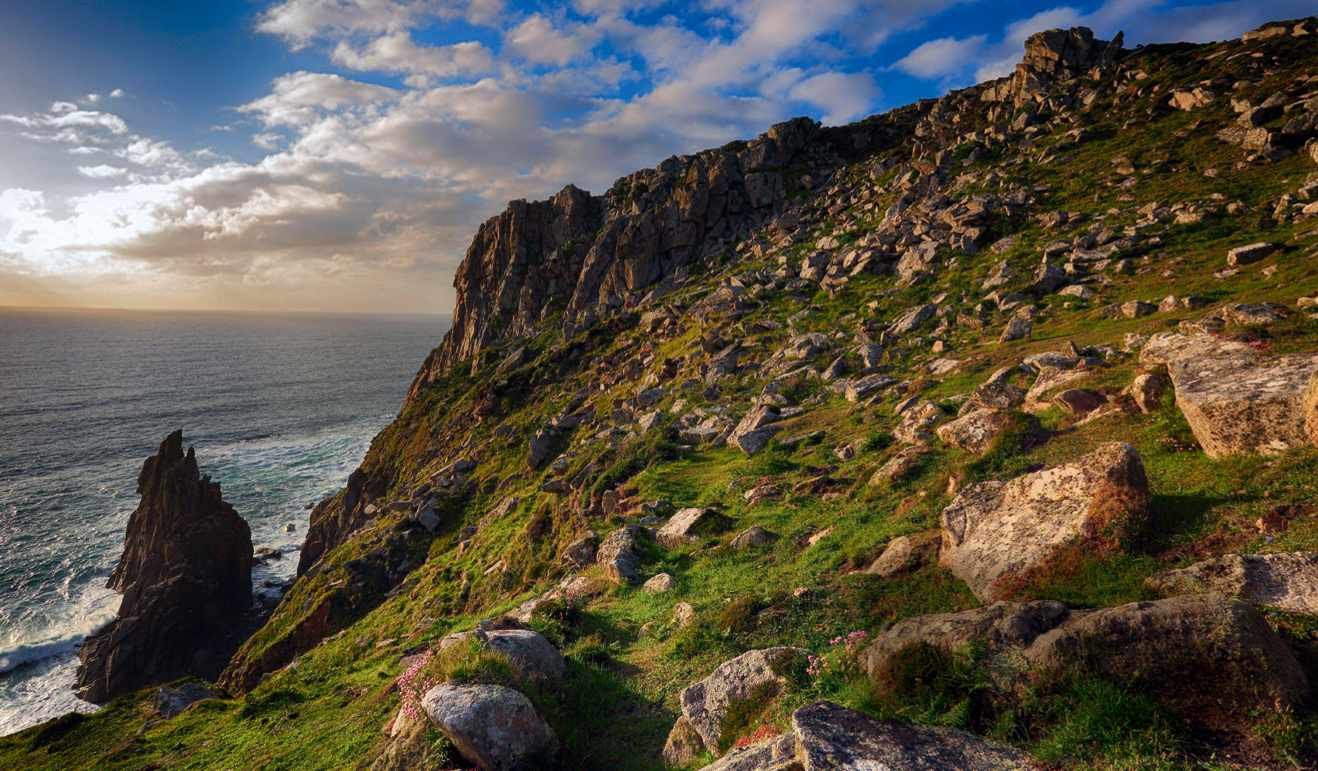
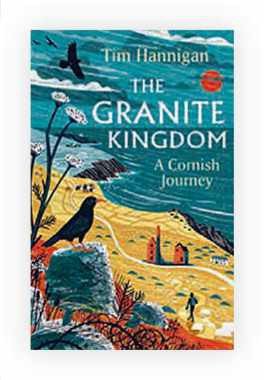
Cornwall. No other English county exerts as powerful an imaginative pull as England’s westernmost peninsula. It’s a land of idyllic sandy beaches and fishing villages, of Arthurian legend and Celtic saints, of smugglers and wreckers, and countless other clichés propagated by the Cornish Tourist Board, the novels of Daphne du Maurier and TV series, such as Poldark and Doc Martin.
For Tim Hannigan, Cornwall is a very different county. He should know; he was born on its westernmost tip and spent his childhood there before leaving to discover the world beyond its borders of the Tamar and the sea. In the summer of 2021, he returned to write The Granite Kingdom. Subtitled A Cornish Journey, the book is Hannigan’s attempt to pin down what Cornwall, and being Cornish, is today. Tracing a circuitous route from the River Tamar to his home near Penzance, he roams the county on foot, stitching together not only its geography but its histories and communities, while disentangling fact from myth, folk from folklore.
Cornwall’s fishing and tin mining industries, prehistoric remains and tourist hotspots, language and literature are investigated as Hannigan tramps over moors, along coastlines and through ancient fields enclosed with stone hedges, until he reaches his own granite kingdom of Penwith.
Here, among the boulders, the gorse and the heather, Hannigan finally discovers what it means to be Cornish – an identity as intangible as the mists rolling in off the Atlantic Ocean.
CATCH-UP TV
SIMON REEVE RETURNS TO CORNWALL
AVAILABLE ON IPLAYER
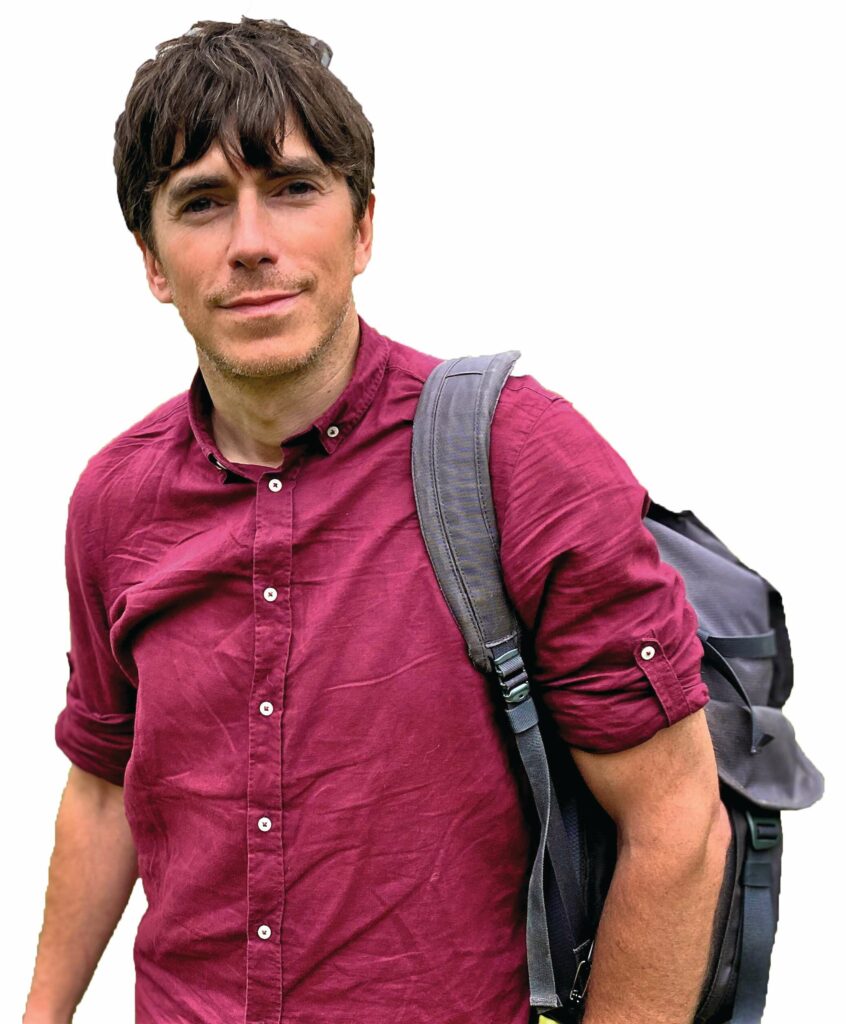
After filming Cornwall with Simon Reeve in the pandemic summer of 2020, the documentary maker travels back to the county to see how local people are faring in the less touristy winter season.
He starts by revisiting Don Gardner, who set up Corrnwall’s first independent food bank in former mining town Camborne, to find volunteers packing thousands of Christmas boxes, as demand for food bank help is higher than ever in the midst of the cost of living crisis. In a quest to find out why some areas of Cornwall are among the poorest in northern Europe, he travels to surf town Newquay to visit Sandy Lodge Hotel, a business now crippled by soaring energy bills. There are no tourists staying – instead, the council is renting rooms as emergency housing for families unable to find homes due to the region’s chronic housing shortage, compounded by high rents and too many seasonal holiday lets. Simon meets staff from a local charity, which is busier than ever helping families cover food, clothing and housing costs.
Simon finds that, while 70% of Cornish land is farmed, tourism and hospitality – a low-paid sector – is still the region’s biggest employer. He wonders if this is why so many working people are unable to make ends meet? A vital, eye opening look at the realities of living in a tourist honeypot.
BOOK
THE SWIMMER: THE WILD LIFE OF ROGER DEAKIN
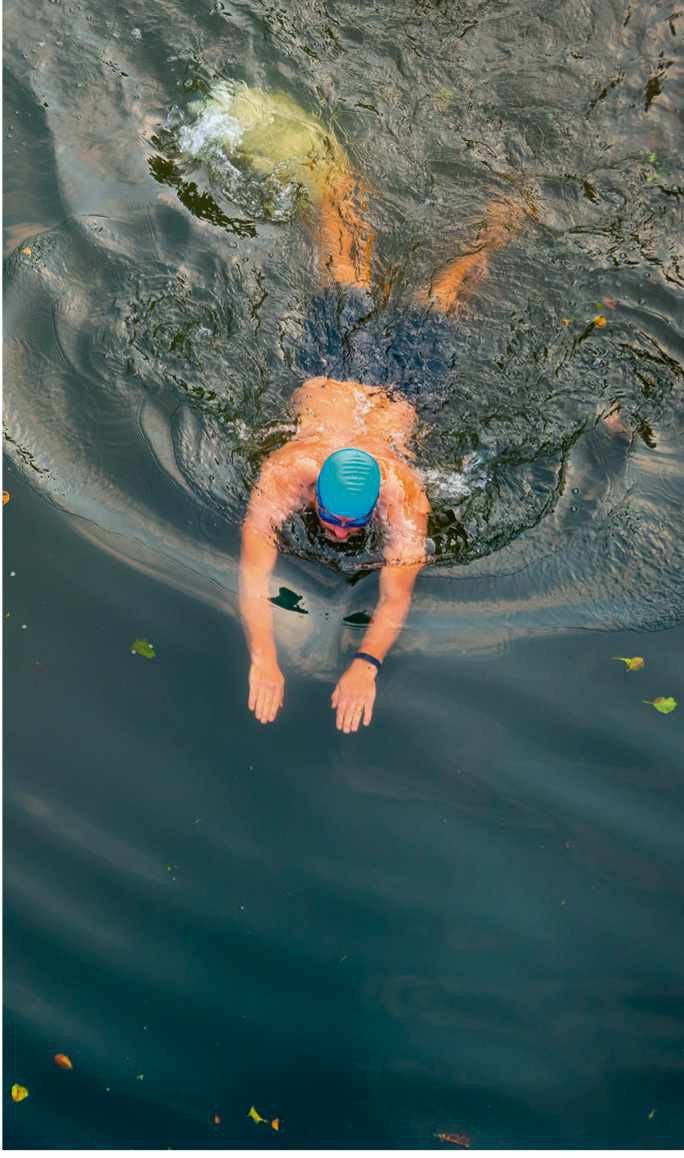
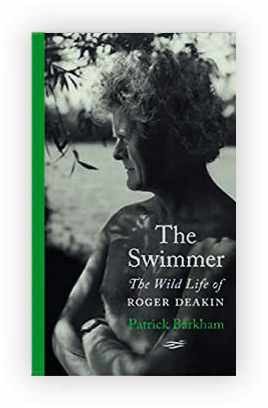
Roger Deakin’s entrancing book Waterlog played a significant part in the modern revival of the outdoor swimming movement. Those of us who read it felt as though we submerged with him in Britain’s chilly lakes, hidden streams and secret pools. As we read, we were roused first to find watery adventures of our own and, later, to seek deeper knowledge of our most treasured natural environments.
But what about Deakin the author? Which streams of life inspired this man to explore? From which wells did his deep affinity with nature spring? In The Swimmer, Patrick Barkham helps us understand the man behind the book and appreciate why a spirit so deeply rooted in a place – Walnut Tree Farm in Suffolk – chose to adventure so often away from it.
Roger Deakin died at the age of 63 but was a prolific lifelong writer. Threads of memory from his notes, letters and recordings have been delicately pulled together in this book. The Swimmer is as close as we’ll get to the memoir this intriguing man never wrote. That Barkham has chosen to write in Deakin’s own voice, each chapter interspersed with wry comments from his friends and family, gives this ‘biography’ an air that is as respectful as it is irreverent.
In this homage to a complicated but at the same time simple soul, you’ll meet the boy, the youth and the man. And, like the author, you’ll come away wishing you had known him yourself.
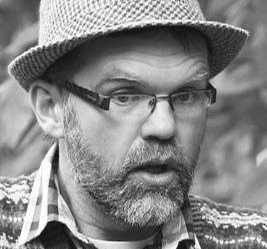
Q&A
STORIES OF MIDSUMMER
In his book Telling the Seasons, storyteller Martin Maudsley has folk tales, traditions and recipes for each month of the year. We ask Martin how he celebrates June’s summer solstice
Do you have a favourite story about the summer solstice?
I love telling a creation myth called ‘Dawn and Dusk’ at this time of year, about a young man and woman chosen by the Sky God to assist with the movements of the sun. Eventually, while performing their heavenly duties, they fall in love. The Sky God arranges for them to be together for one night of the year – summer solstice – when the air is warm and scented with flowers.
What British folklore is associated with midsummer?
In ancient Celtic mythology, the seasonal year is presided over by two opposing archetypal characters: the Oak King and the Holly King. The Oak King rules the waxing year, or the light half, born at winter solstice and growing to his full strength at summer solstice in June. However, at this point, the Oak King gives way to the Holly King just as the sun begins its slow descent through the waning year and the year enters its dark seasons.
Are there any summer solstice customs that still endure in the UK?
Many prehistoric stone circles, such as Stonehenge, were constructed to mark the rising sun at summer solstice. Plenty of people still choose to visit standing stones and other ancient monuments at this time of year; with midsummer magic in the air. Near where I live in Bridport, Dorset AONB recently commissioned a brand new stone circle, where locals now gather each year to celebrate the longest day.
What is your favourite food to forage in June?
Frothy white elderflowers flourish in June, filling the air with their distinctive fragrance. Each year I gather enough to make a batch of elderflower Champagne – the queen of homemade booze. They’re also tasty to eat and the June chapter of my book includes a recipe for elderflower fritters from Matthew Pennington of The Ethicurean restaurant. According to tradition, it’s wise to ask permission of the Elder Mother before picking her flowers.
How do you make the most of midsummer’s night?
Midsummer’s Eve, or around then, is the perfect time to stay awake until late and savour the sweetness of a warm summer’s night. If the weather is dry, I’ll sleep outside without a tent, and have a glass of last year’s elderflower wine to toast the occasion. There’s nothing better than falling asleep with starry eyes, lulled by the sounds of nocturnal wildlife.
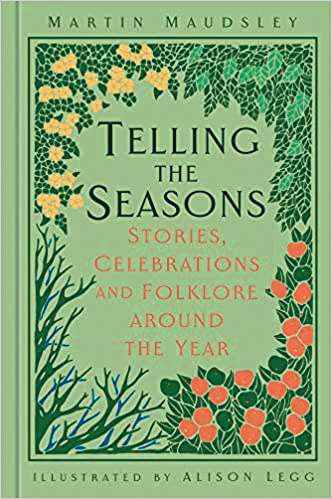
Telling the Seasons
by Martin Maudsley is published by History Press (£15.99).